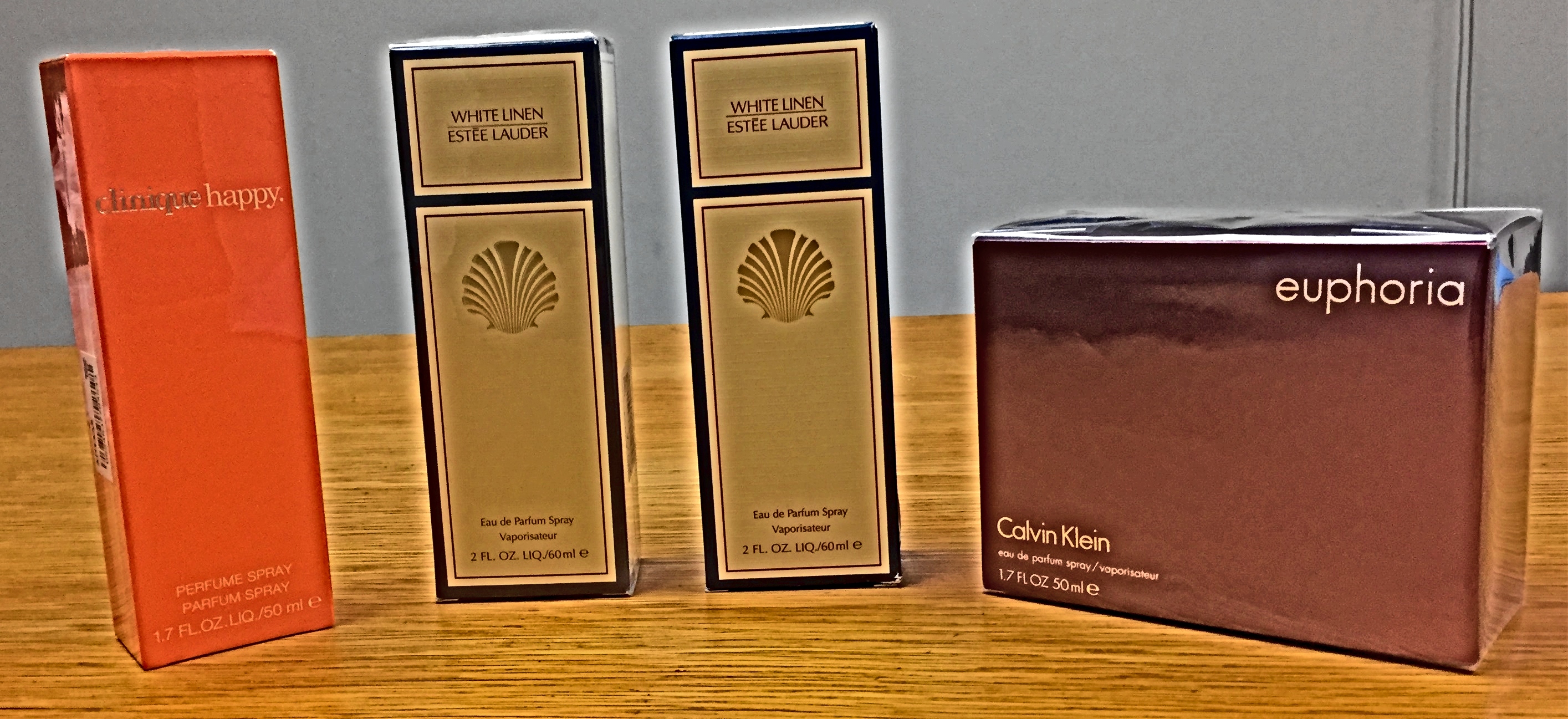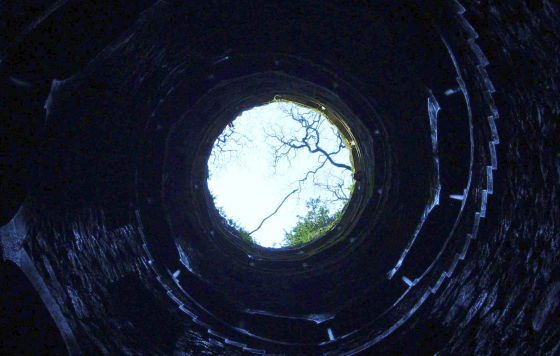
Have you walked down the lotion, cleaning product, or personal care aisles lately and gotten a little light headed from the hundreds of different fragrances hitting you all at once? Do you ever avoid walking past the perfume area in Macy’s or any of the other large retailers in malls?
Ever since I came to Clean Water Action I’ve been that person dodging and walking around lines of clothes just to escape from the overpowering fragrances emanating from the beauty area of the malls--not just because I am sensitive to strong smells and my senses feel bombarded by too many fragrances, but also because I now know what’s lurking in these “enticing” aromas.
In late 2017, our partners at Breast Cancer Prevention Partners (BCPP) set out to investigate which chemicals were hiding behind the word “fragrance” on the ingredient list. Now BCPP has released its report, Right to Know: Exposing Toxic Fragrance Chemicals in Beauty, Personal Care and Cleaning Products. BCPP embarked on this project because scientific literature and BCPP’s prior product testing indicated that chemicals linked to cancer, birth defects, endocrine disruption and other adverse health effects are being used in fragranced beauty, personal care and cleaning products. BCPP and its partners, including Clean Water Action, purchased 140 products in these categories from across the country and tested them for a myriad of toxic ingredients. Right to Know includes shocking results such as a the most toxic product tested being a baby shampoo marketed to children of color and personal care products with more toxic chemicals than cleaning products.
Clean Water Action’s contribution to the study from Massachusetts was White Linen Perfume which was created by Estée Lauder in 1978, and marketed as “a beautiful perfume” for women. This perfume was one of the top 10 most toxic products of all personal care products tested. To see the other nine, keep reading.
More often than not, consumers have no idea what chemicals are in the products they use in their homes and on their skin every day. Unfortunately, existing laws don’t do enough to help us out in this area. The top 10 most toxic products are all items that hundreds of people use; there needs to be a mechanism in place to protect consumers from the dangerous chemicals they are exposed to in these products.
One sector that could play a huge role in protecting consumers from these hazards is the retail sector. Clean Water Action is teaming up with the Mind the Store campaign to press major retailers to get toxic products off their store shelves. A November 2017 Mind the Store Retailer Report Card shows that while some retailers are making improvements, the industry as a whole is failing to protect consumer health. The average grade was an abysmal D+, and two thirds of the companies scored a D or an F.
Right to Know makes a stronger connection between harm to human health and the products we use daily. Now more than ever, we need companies to step up and tackle toxic chemicals. Cancer incidence and infertility rates are soaring — conditions that scientists have linked to exposure to toxic chemicals. That's why we’re calling on the stores where we shop to make sure the products they sell us are safe.
Take action today: Fortunately, a new bill in Congress, the Safe Cosmetics and Personal Care Products Act of 2018 calls for full fragrance ingredient disclosure to consumers and salon workers. Unlike other bills, this important legislation also puts consumers and workers first by banning chemicals linked to cancer and birth defects from retail and professional salon products. Urge your Representative to co-sponsor and support the Safe Cosmetics and Personal Care Products Act of 2018.
10 products that ranked the most hazardous in terms of the highest number of chemicals linked to cancer, hormone disruption, developmental or reproductive toxicity and respiratory effects:
- Just for Me Shampoo: A children’s shampoo, from a hair-relaxing kit marketed to kids of color by Strength of Nature.
- JLo Glow Perfume: A fine fragrance made by Coty and endorsed by music, television and film icon Jennifer Lopez.
- Kaboom with OxiClean Shower Tub & Tile Cleaner: Marketed as a “great cleaner that is safe and friendly to use,” made by Church & Dwight Co.
- Olay Luminous Tone Body Lotion: Made by Procter & Gamble and marketed for its anti-aging qualities.
- Axe Phoenix Body Spray: A body spray made by Unilever and marketed to young men using an overtly sexual ad campaign.
- Marc Jacobs Daisy Perfume: Another Coty fragrance that carries the famous designer’s name and uses beatific, radiant young girls in its marketing campaigns.
- Taylor Swift Wonderstruck Perfume: A Revlon fine fragrance endorsed by the tween-beloved pop country singer Taylor Swift.
- Organix (OGX) Shampoo: A Johnson & Johnson product marketed as part of a “green/sustainable” line of products to young women.
- Formulation 64-RP: An industrial cleaner used by custodians, firefighters and others.
- White Linen Perfume: Created by Estée Lauder in 1978, marketed as “a beautiful perfume” for women young and old.


